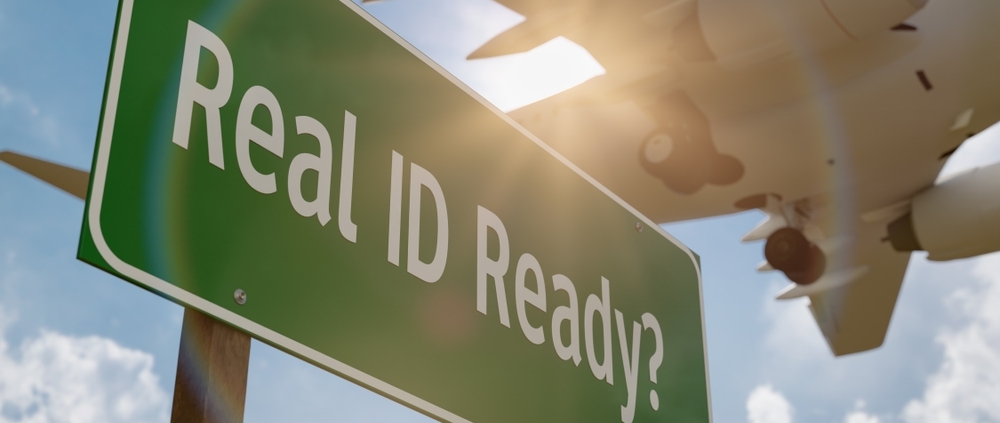REAL ID Enforcement: Navigating a New Era of Travel in NYC
By Esther Claudette Gittens
The long-anticipated full enforcement of the REAL ID Act by the Transportation Security Administration (TSA) commenced on May 7, 2025, ushering in significant changes for air travelers across the United States, including the diverse population of New York City. This federal mandate, aimed at enhancing security by standardizing state-issued identification, carries distinct implications for U.S. citizens, Green Card holders, and undocumented residents attempting to navigate domestic air travel and access certain federal facilities.
The REAL ID Act establishes minimum security standards for license issuance and production. As of the enforcement date, all individuals aged 18 and older must present a REAL ID-compliant driver’s license or state identification card, a state-issued Enhanced Driver’s License (EDL), or another TSA-acceptable form of identification (like a U.S. passport or Permanent Resident Card) to board domestic flights. For New Yorkers, this means a trip to the DMV for a compliant ID, typically marked with a star, or ensuring they have an alternative.
Impact on U.S. Citizens in NYC:
For U.S. citizens in New York City, the primary impact is the necessity to upgrade their standard state driver’s licenses to a REAL ID or an Enhanced Driver’s License if they wish to use it for domestic air travel. While New York State has been issuing these compliant forms of ID for some time, many residents may still possess older, non-compliant licenses. Those who haven’t updated their ID or do not possess an alternative like a U.S. passport will find themselves unable to pass TSA checkpoints using only their standard license. The Department of Homeland Security (DHS) has indicated that travelers presenting a non-compliant ID may face additional screening measures. While a significant percentage of travelers are reportedly already compliant, the transition may still pose an inconvenience for infrequent flyers or those who were unaware of the deadline, potentially leading to travel disruptions. Obtaining a REAL ID requires an in-person visit to the DMV with specific documentation proving identity, Social Security number, and residency, a process that can be time-consuming.
Impact on Green Card Holders (Lawful Permanent Residents) in NYC:
Lawful Permanent Residents, commonly known as Green Card holders, are generally less directly impacted by the REAL ID Act’s air travel provisions. Their Permanent Resident Card (Form I-551, or “Green Card”) is already considered an acceptable form of identification by the TSA for domestic air travel and is REAL ID compliant for this purpose. Therefore, Green Card holders in NYC can continue to use their valid Green Cards to board airplanes without needing a state-issued REAL ID. However, they are also eligible to apply for a REAL ID or EDL in New York if they meet the state’s requirements, which can offer a convenient alternative form of federally compliant identification.
Impact on Undocumented Residents in NYC:
The REAL ID Act presents the most significant challenges for undocumented residents in New York City. Federal law requires proof of lawful status to obtain a REAL ID-compliant card. While New York’s Green Light Law permits undocumented individuals to obtain a standard state driver’s license, these licenses are explicitly marked “NOT FOR FEDERAL PURPOSES” and are not REAL ID compliant. Consequently, these standard licenses cannot be used to board domestic flights.
This leaves undocumented individuals with limited options for domestic air travel, primarily relying on a valid foreign passport. If an undocumented individual does not possess a valid passport from their country of origin, or if their passport is not accepted, their ability to travel by air within the U.S. becomes severely restricted. The IDNYC card, New York City’s municipal identification card available to all residents regardless of immigration status, is also not REAL ID compliant and cannot be used for federal identification purposes such as airport security. This situation can create significant barriers for undocumented New Yorkers needing to travel for family, work, or other essential reasons, potentially isolating them further.
Conclusion:
The full enforcement of the REAL ID Act marks a pivotal shift in domestic travel and identification standards. While U.S. citizens and Green Card holders in NYC have clear pathways to compliance, the regulations create substantial hurdles for undocumented residents. As New Yorkers adapt to these changes, the disparate impacts across different communities highlight the broader complexities of balancing national security concerns with accessibility and equity in a diverse urban landscape. The initial period of enforcement will likely see a learning curve, with potential for increased scrutiny at TSA checkpoints for those with non-compliant identification.




Leave a Reply
Want to join the discussion?Feel free to contribute!